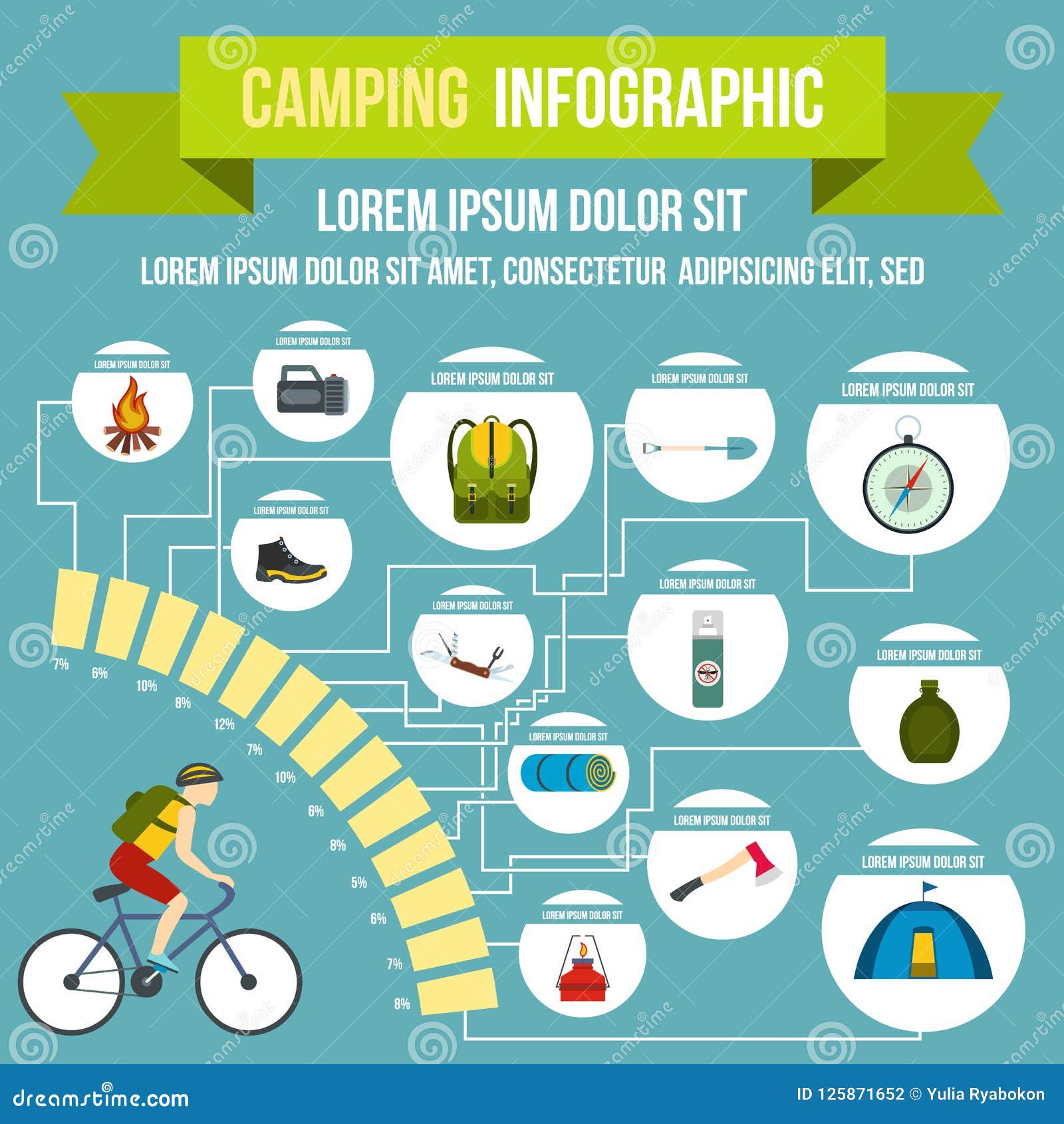How To Sell Camping Tents Online And Create Your Own Path
Does Your Backpacking Tent Required an Impact?If you camp frequently in areas with rocks or sharp downed branches or merely hate storing a wet, sloppy tent, after that a footprint is definitely worth taking into consideration. Footprints are additionally fairly economical contrasted to a brand-new tent.
How many can sleep in a 4m bell tent?
Numerous tent producers provide their own certain impacts, which are reduced to the specific dimension of the tent flooring. Nevertheless, you can make one on your own with a light-weight material like polycryo or tyvek.
Weather
Whether or not you need a footprint really relies on the conditions you'll be camping in. If you're backpacking in a place where the ground is typically wet (it's basically inescapable), a camping tent footprint can be a helpful addition to your kit, as it will certainly prevent your tent floor from coming to be soaked.
Nonetheless, if the impact is too large it can work as a dampness catch and possibly allow water to pool under your camping tent. This can be prevented by seeing to it the footprint is cut a little smaller than your tent on all sides.
Typically speaking, it's ideal to obtain an impact from the very same producer as your camping tent to guarantee an exact fit. They also tend to be made from thicker, much more durable products than do it yourself choices. They can be pricey for something whose single purpose is to safeguard the ground underneath your tent, however it can be a worthwhile financial investment if you respect the long life of your gear.
Terrain
Lots of high quality camping tents can function well without an impact, particularly those that have actually tub floors made from sturdy products. Nonetheless, the surface you trek on can have a substantial influence on just how promptly your tent floor breaks. Granite slabs, sandstone and various other tough surface areas use with the bottom of your camping tent quicker than grassy meadows or forest floorings.
An impact or ground cloth helps extend the life of your tent by acting as a barrier in between the ground and the sewn-in groundsheet of your outdoor tents, claims REI elderly sales expert Elizabeth Nguyen. It likewise safeguards the tent from unpleasant elements like sharp branches and rugged rocks that can penetrate or tear the sewn-in flooring. When choosing a footprint for your tent, it is essential to guarantee it's slightly smaller sized than the outdoor tents on all sides. This avoids water from merging in between the outdoor tents and footprint during a rainstorm, which might permeate right into your camping tent. The very best option for a footprint is to buy one made for your specific outdoor tents, which will certainly guarantee a tight fit.
Tents with Reduced Deniers and Water-proof Scores
Whether you're a laid-back backpacker or a hardcore traveler, the durability level of your outdoor tents is a vital factor to consider. Tents made to be ultralight, bordering on minimal, often trade off some degree of resilience in the material and materials utilized.
One textile spec you'll encounter is denier, which refers to the weight in grams of a 9,000-meter length of yarn that comprises the outdoor tents's cover, rainfly, and/or floor. A greater denier spec indicates more tough textiles, while lower numbers suggest camping luxury tents lighter and much less long lasting fabrics.
Various other specifications to look at include flooring dimensions, vestibule dimension, and indoor pockets. The former mirrors the general square-footage that can be made use of for livable room, while the latter can contribute in storage by supplying an area to stash gear over night and in bad weather. Air flow is also an essential aspect; as you exhale dampness during sleep, it needs to get away, or condensation might develop inside. Functions such as mesh home windows and panels and flexible rainfly doors help boost air flow and prevent this from occurring.
The Price
The cost of a camping tent can influence its performance, and it is additionally essential to take into consideration just how much you can manage to invest. Backpackers seeking a lightweight shelter ought to aim for a tent with a livability rating of at least two stars, and if possible, 3 or more.
Livability refers to how roomy an outdoor tents really feels, with clearance and floor measurements playing a large duty. Historically, backpacking camping tents utilized steeply sloped walls and minimal space to save weight, yet modern-day products enable designers to supply more comfort while keeping weight low.
Storage space is an additional factor to consider, with vestibules and a quick-pitching design helping in reducing arrangement time. Additionally, the type of fabric finishing and just how the camping tent is saved can affect longevity. For example, a PU coating that breaks down quicker when damp, or undergoes duplicated cycles of storing and un-stowing, can dramatically reduce the life-span of a camping tent. Likewise, using a custom footprint as opposed to packing a tent in a slipshod manner will additionally prolong its life expectancy.
What is the difference between glamping and camping?
